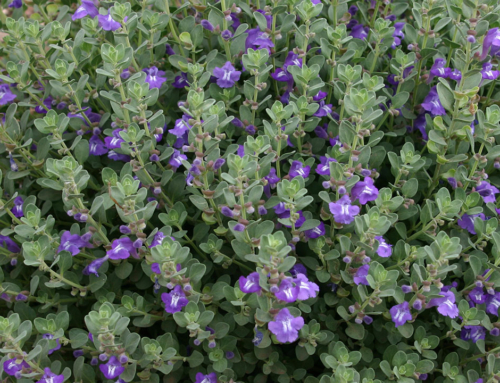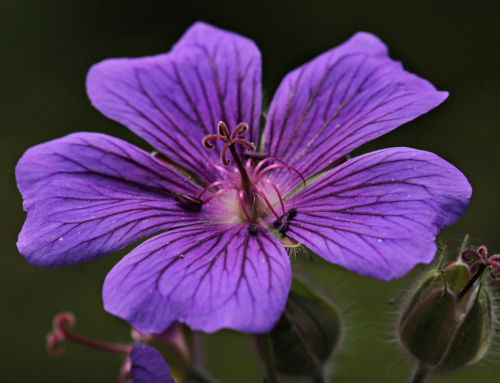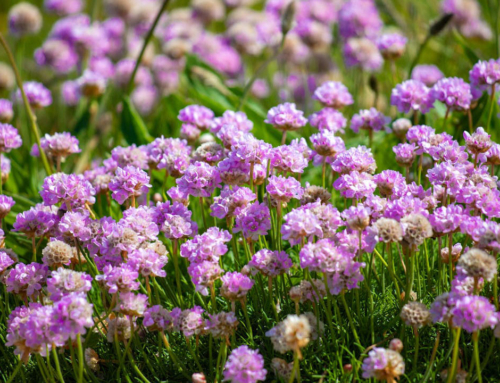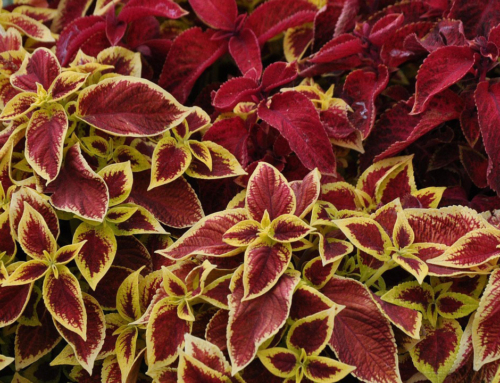Private citizens planted victory gardens during World War I, the Depression, and World War II to grow vegetables, herbs, and fruits. These small gardens sprouted in yards, at apartments, in parks, and in schoolyards. During World War II, more than half of Americans grew them to save money and alleviate scarcities of fresh food.
As we face a new national challenge in COVID-19, some food and home items are getting difficult to find. Many people have lost income. Gyms are closed, and we are getting less exercise. Cabin fever has set in.
A victory garden is an answer to all of these.
Crisis gardening differs from the usual commitment to install a long-term food garden in several ways:
- It relies on fast-maturing annuals, rather than perennials that take years to produce.
- It avoids large startup costs, landscaping, or fences that the gardener is not yet committed to.
Space is small, so garden up instead of out! This is called vertical gardening. Walls, stakes, and containers all work.
- Almost any fence or wall works as long as it faces the sun.
- Use inexpensive stake pyramids tied together with twine. Cages are more expensive.
- If you normally use containers for flowers, grow food in containers instead of (or in addition to) flowers. There are many productive and pretty food plants.
Grow plants that mature rapidly, that can produce all summer long, or that can grow entirely inside.
- March and April are the time to start seeds and seedlings indoors to transplant outdoors.
- Some food plants are easily grown indoors without special equipment, as long as you have plenty of sun. Bean sprouts can be grown in jars; some varieties produce every five days.
- Some plants allow two plantings per season, which is known as succession planting. The first is in spring, and the second in July after the spring crop is harvested. Try using this technique with arugula, basil, bean sprouts, broccoli, chard, cilantro, kale, lettuce, microgreens, peas, spinach, and others.
- Another method of succession planting is to plant fast-maturing plants like lettuce and other spring greens amid late-maturing plants like tomatoes. The fast crop is harvested before the slower crop takes over the space.
Learn more about planting your vegetable garden, garden trellises, and growing vegetables in containers.
By Steve Miles, Hennepin County Master Gardener Volunteer




